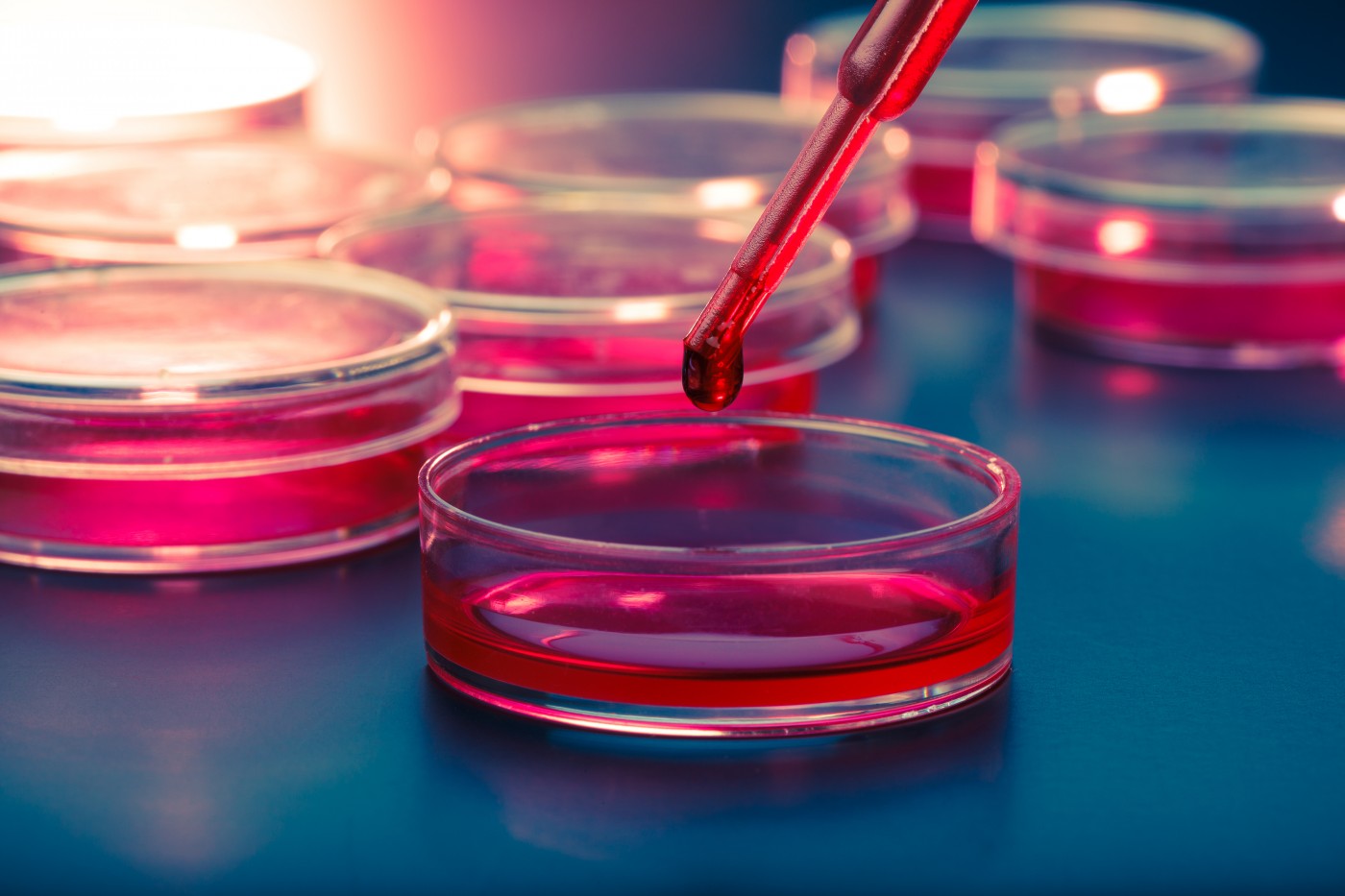New Genetic Insights Could Pave Way to Potential Therapies for Mitochondrial Diseases

Researchers at the University of Missouri have successfully created embryos with maternal and paternal mitochondrial DNA (mtDNA), a feature called heteroplasmy that is thought to occur in a number of mitochondrial diseases.
Their study, “Autophagy and ubiquitin–proteasome system contribute to sperm mitophagy after mammalian fertilization,” published in the journal Proceedings of the National Academy of Sciences (PNAS), revealed the mechanisms through which paternal mtDNA is eliminated from the embryo under normal circumstances. This research may lead to the development of novel therapies for patients in which these mechanisms are dysfunctional.
“As many as 4,000 children are born in the U.S. every year with some form of mitochondrial disease, which can include poor growth, loss of muscle coordination, learning disabilities, and heart disease,” Peter Sutovsky, a professor of reproductive physiology at U-M, said in a press release.
“Some scientists believe some of these diseases may be caused by heteroplasmy, or cells possessing both maternal and paternal mitochondrial DNA. We have succeeded in creating this condition of heteroplasmy within pig embryos, which will allow scientists to further study whether paternal heteroplasmy could cause mitochondrial diseases in humans,” Sutovsky said.
Contrary to what is observed with nuclear DNA, in which the embryo inherits half from the mother and half from the father, mitochondrial DNA is exclusively inherited from the mother, as the father’s mtDNA is naturally removed from the embryos. However, the mechanisms involved in this degradation were not fully understood.
In this study, researchers identified two distinct proteins, called SQSTM1 and valosin-containing proteins (VCP), which are involved in the degradation of sperm-derived mitochondrial proteins. When SQSTM1 or VCP were inhibited separately, the other protein was still able to dispose of the paternal mitochondria material inside the fertilized embryo. However, when researchers inhibited both proteins at the same time, the embryos were not able to degrade the paternal mitochondria, which allowed them to create embryos with heteroplasmy.
“This research is important because we now know for sure what processes lead to the deletion of paternal mitochondrial DNA from embryos,” Sutovsky said.
“This knowledge will enable us to further explore how some children may develop devastating mitochondrial diseases. From there, we can create treatments and therapies that may help prevent or reduce the effects of heteroplasmy and other mitochondrial disorders,” he said.






